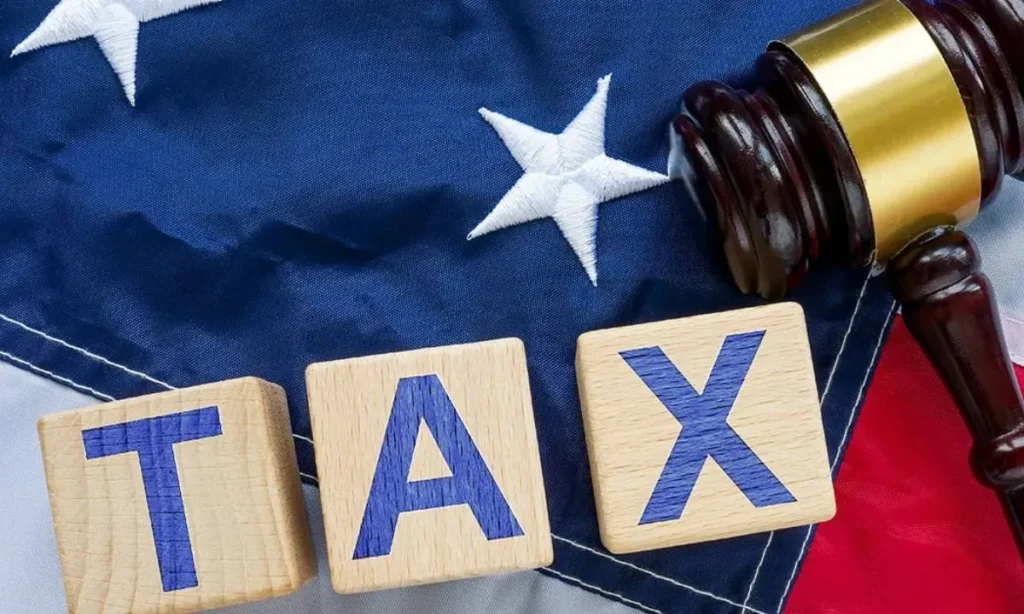The Internal Revenue Service (IRS) has just confirmed a major tax change that could put more money back into the pockets of older Americans. Starting from the 2025 tax year, anyone aged 65 or older will qualify for an extra $6,000 standard deduction, in addition to the existing senior tax benefit.
This new deduction is part of the One Big Beautiful Bill Act (Public Law 119-21) and is expected to stay in place through 2028. It’s one of the biggest tax breaks for seniors in years, aiming to help retirees cope with rising prices, medical expenses, and housing costs.
With over 56 million Americans aged 65 and above in 2025, and nearly 80% of them filing tax returns, this change could benefit around 45 million taxpayers. Even better, the new deduction applies to both standard and itemized filers, so nearly every qualifying senior stands to gain.
Table of Contents
Who Can Get the $6,000 Senior Deduction
To qualify, you need to be 65 or older by December 31, 2025 meaning you were born on or before December 31, 1960. You must also be a U.S. citizen or resident alien. However, the IRS has included income-based limits to make sure the benefit mainly helps low- and middle-income retirees. Here’s how it works:
- Single filers will see the deduction begin to phase out once their modified adjusted gross income (MAGI) hits $75,000.
- Married couples filing jointly will start losing the benefit at around $150,000.
The phase-out happens gradually, meaning those earning just above the limit may still get part of the deduction, while higher-income seniors may not qualify at all. Official phase-out tables will be published later this year in the IRS’s updated Publication 501. This design ensures that the biggest benefits go to seniors who rely mainly on Social Security, small pensions, or modest retirement savings not those with large investment incomes.
How Much Seniors Can Actually Save

Before this change, seniors already received an extra deduction of $1,950 (for single filers) or $3,000 (for married couples if both are 65 or older). The new $6,000 deduction is added on top of that, which means you’ll now be able to claim a much larger total amount.
Here’s how the numbers look for 2025:
| Filing Status | Base Standard Deduction (2025) | Current Senior Bonus | New $6,000 Deduction | Total Possible Deduction |
|---|---|---|---|---|
| Single (65+) | $15,750 | $1,950 | $6,000 | $23,700 |
| Married Filing Jointly (One 65+) | $31,500 | $3,000 | $6,000 | $40,500 |
| Married Filing Jointly (Both 65+) | $31,500 | $3,000 + $6,000 | $12,000 | $46,500 |
In practical terms, this can translate into real savings of $1,200-$1,800 for many retirees, depending on their income and tax bracket. For someone living on a fixed income with Social Security averaging $1,907 a month and Medicare premiums rising to $184 that extra relief can make a real difference.
What You Should Do Before Filing
While this deduction will automatically appear on updated IRS Form 1040 and e-filing systems in 2025, seniors can start preparing now to make the most of it. Here are a few simple steps:
- Check your age and income to confirm that you’ll meet both eligibility and income requirements by the end of 2025.
- Estimate your total taxable income to see whether you fall under the phase-out range.
- Update your estimated tax payments if you make them quarterly since this deduction will lower your taxable income, you might owe less.
- Watch for IRS updates later this year, which will include the final deduction tables and filing details in official notices and Publication 501.
- Talk to a tax advisor if you’re unsure how the deduction fits into your broader retirement or investment plan.
These simple steps will ensure you don’t miss out on the full benefit and may even help you receive a refund if you’ve overpaid taxes during the year.
Why This Change Matters More Than You Think
This new deduction couldn’t come at a better time. Across the country, seniors are facing record-high costs for housing, food, and healthcare. According to recent studies, 25% of older Americans now spend over 30% of their income just on housing, and healthcare inflation is still rising faster than general inflation. By increasing the deduction limit, the IRS is giving seniors a meaningful way to keep more of their money and reduce their annual tax bills. The extra savings can help cover essentials, reduce credit card debt, or simply make life a little easier for those living on fixed incomes.
Economists also believe that this tax relief could have broader benefits. Since retirees tend to spend a larger share of their income locally on groceries, medical services, and community needs, the policy could indirectly stimulate local economies across the U.S. Still, this is a temporary measure, scheduled to last from 2025 to 2028. Unless Congress decides to extend it, the higher deduction will end after that period. Seniors should take advantage of this window to strengthen their financial position and adjust future tax planning accordingly.
The new $6,000 senior tax deduction is more than just another policy change it’s a meaningful lifeline for millions of retirees who’ve been hit hard by rising costs. For many, it will mean hundreds or even thousands of dollars in savings every year between 2025 and 2028.
The IRS is expected to release more details later this year, but the core message is clear, if you’re turning 65 or older in 2025, you’re about to get one of the biggest tax breaks in decades. For updates and official guidance, visit the IRS website or follow announcements in IRS Publication 501. With this new deduction in place, the 2025 tax season might finally bring some good news for America’s seniors.



